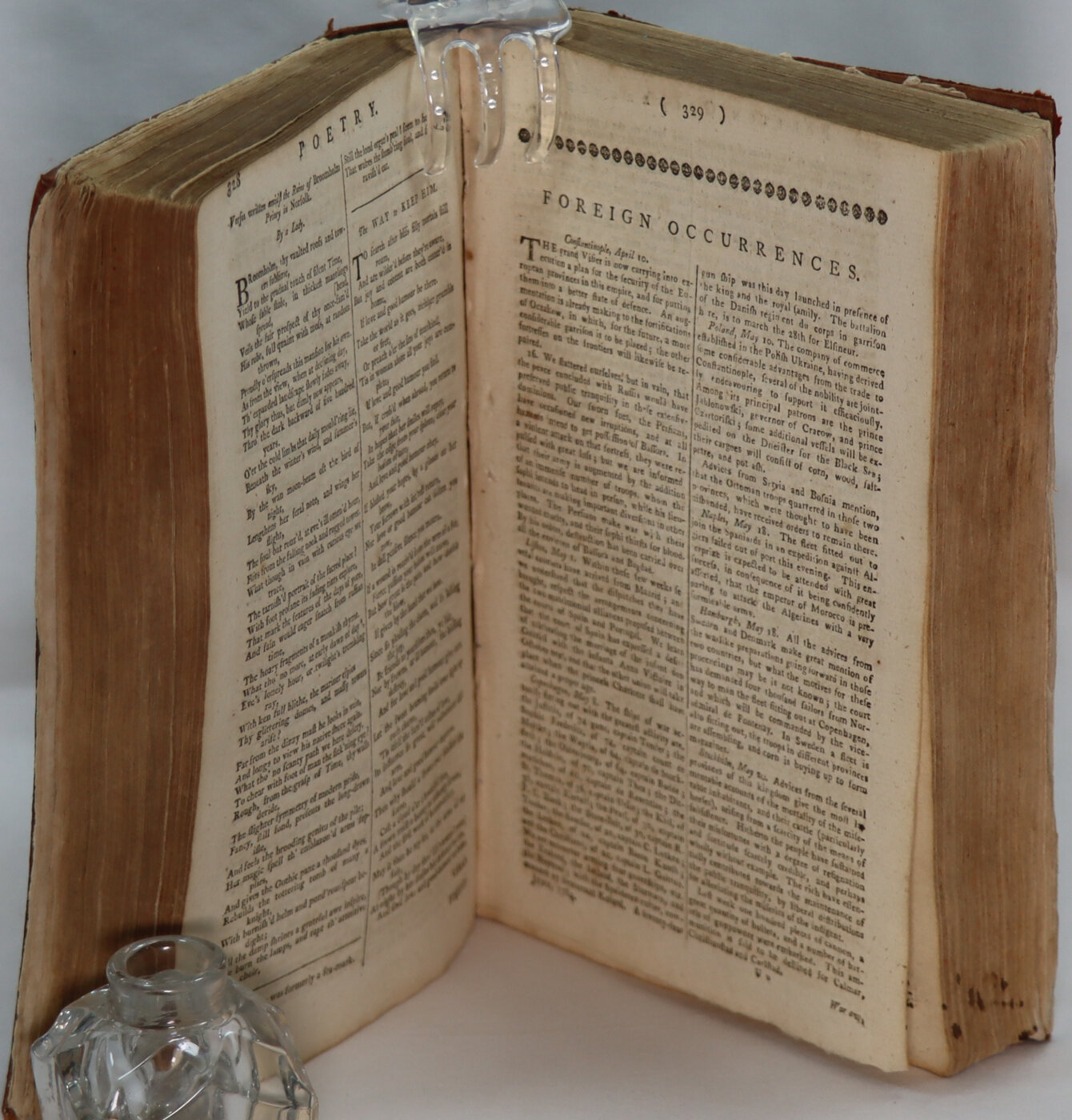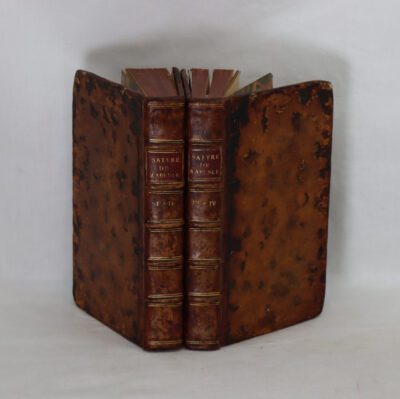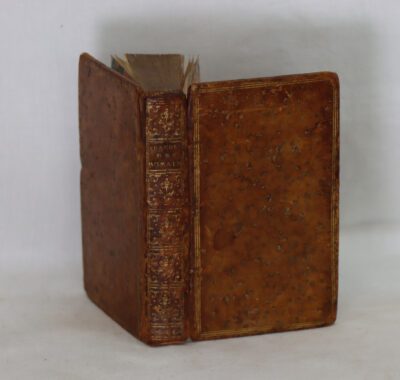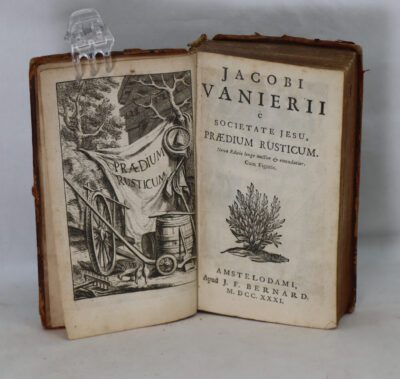The Town & Country Magazine. 1784.
Printed: 1784
Publisher: A Hamilton. London
| Dimensions | 15 × 21 × 6 cm |
|---|---|
| Language |
Language: English
Size (cminches): 15 x 21 x 6
Condition: Very good (See explanation of ratings)
FREE shipping
Item information
Description
Brown leather binding. No title.
- F.B.A. provides an in-depth photographic presentation of this item to stimulate your feeling and touch. More traditional book descriptions are immediately available.
- Note: This book carries the £5.00 discount to those that subscribe to the F.B.A. mailing list.
A nicely originally bound book full of very easy reading. This volume is a great historic snapshot with on January 14 1784 – The Congress of the United States ratified the Treaty of Paris with Great Britain to end the American Revolution, with the signature of President of Congress Thomas Mifflin.
Town and Country Magazine was founded by Archibald Hamilton in 1769. It gained the name “Town and Country” because Hamilton had two offices, one in urban Clerkenwell and one in a rural area near Highgate. In the 1770s there was a dramatic increase in lawsuits brought by men and their wives’ lovers in England. Many people became eager to read transcripts of adultery trials, seeing them as a form of soft-core pornography. Town and Country Magazine capitalised on the public’s interest by running stories on the topic. The initial issues often made political points, but this focus was lost over time. By 1771 Town and Country Magazine claimed monthly sales of 12,000 copies, although some scholars argue that the actual number was significantly fewer. Prominent contributors included Thomas Chatterton and Thomas Holcroft. Town and Country Magazine was published until 1796 when it folded.
It has been credited with inspiring later papers, including The Satirist. The opening scene of the original production of The School for Scandal mentions Town and Country Magazine, which was the only publication mentioned by name in the play.
Town and Country Magazine was more upscale than many of its competitors, who focused on prostitutes and brothels. It printed stories about members of many different professions, although the most common subjects were “aristocratic rakes and their kept women”.Town and Country Magazine featured what were known as Tête-à-Tête articles that detailed illicit meetings between members of society. The articles always featured oval miniature portraits of the subjects of the articles. While portions of the names of the involved parties were often partially redacted, it frequently was easy for readers to deduce their identities. Some of the stories that were published were fictional, but most were inspired by actual events.
1784 (MDCCLXXXIV) was a leap year starting on Thursday of the Gregorian calendar and a leap year starting on Monday of the Julian calendar, the 1784th year of the Common Era (CE) and Anno Domini (AD) designations, the 784th year of the 2nd millennium, the 84th year of the 18th century, and the 5th year of the 1780s decade. As of the start of 1784, the Gregorian calendar was 11 days ahead of the Julian calendar, which remained in localized use until 1923.
Events – January–March
-
January 6 – Treaty of Constantinople: The Ottoman Empire agrees to Russia’s annexation of the Crimea.
- January 14 – The Congress of the United States ratified the Treaty of Paris with Great Britain to end the American Revolution, with the signature of President of Congress Thomas Mifflin.
- January 15 – Henry Cavendish’s paper to the Royal Society of London, Experiments on Air, reveals the composition of water.
- February 24 – The Captivity of Mangalorean Catholics at Seringapatam begins.
- February 28 – John Wesley ordains ministers for the Methodist Church in the United States.
- March 1 – The Confederation Congress accepts Virginia’s cession of all rights to the Northwest Territory and to Kentucky.
- March 22 – The Emerald Buddha is installed at the Wat Phra Kaew, on the grounds of the Grand Palace in Bangkok.
April–June
- April 23 – The Congress of the Confederation passes the Ordinance of Governance to set guidelines for adding to the original 13 states in the United States of America.
- April 27 – The Marriage of Figaro, written by playwright Pierre Beaumarchais as a sequel to The Barber of Seville, premieres at the Comédie-Française in Paris.
- May 12 – The Treaty of Paris, signed on September 3 the previous year, comes into effect.
- May 20 – A treaty is signed in Paris between the Kingdom of Great Britain and the Dutch Republic, formally ending the Fourth Anglo-Dutch War.
- June 4 – Élisabeth Thible is the first woman to ascend in a hot-air balloon, at Lyon, France.
July–September
- July 9 – The Bank of New York opens as the first in New York state and continues to operate under that name for almost 223 years until being acquired by Mellon Financial and becoming BNY Mellon.
- July 29 – The United States and the Kingdom of France sign a convention for establishing diplomatic relations and “determining the functions and prerogatives of their respective consuls, vice consuls, agents, and commissaries”.
- August 13 – Parliament of Great Britain passes Pitt’s India Act (An Act for the better Regulation and Management of the Affairs of the East India Company and of the British Possessions in India). It requires the governor-general to be chosen from outside the Company and makes company directors subject to parliamentary supervision.
- August 15 – Cardinal de Rohan is called before the French court to account for his actions, in the Affair of the Diamond Necklace.
- August 16 – Britain creates the colony of New Brunswick.
- September 19 – In France, the Robert brothers (Anne-Jean Robert and Nicolas-Louis Robert) and a Mr. Collin-Hullin (whose first name is lost to history) become the first people to fly more than 100 km or 100 miles in the air, lifting off from Paris and landing 6 hours and 40 minutes later near Bethune after a journey of 186 kilometres (116 mi).
- September 22 – Russia establishes a colony at Kodiak, Alaska.
October–December
- October 8 – “Kettle War”, a 1-day action on the Scheldt in which a ship of the Dutch Republic repels forces of the Holy Roman Empire.
- October 22 – North Carolina rescinds its resolution ceding its western territory (modern-day Tennessee) to the United States, after earlier giving Congress two years to accept the terms.
- October 31–December 14 – The Revolt of Horea, Cloșca and Crișan in Transylvania causes Joseph II, Holy Roman Emperor to suspend the Hungarian Constitution.
- November 26 – The Roman Catholic Apostolic Prefecture of the United States is established.
- November 27 – The phenomenon of black holes is first posited in a paper by John Michell, in the Philosophical Transactions of the Royal Society of London.
- November 30 – Richard Henry Lee of Virginia is selected as the new President of the Confederation Congress.
- December – Immanuel Kant’s essay “Answering the Question: What Is Enlightenment?” is published.
- December 25 – The Methodist Episcopal Church in the United States is officially formed at the “Christmas Conference”, led by Thomas Coke and Francis Asbury.
Condition notes
Want to know more about this item?
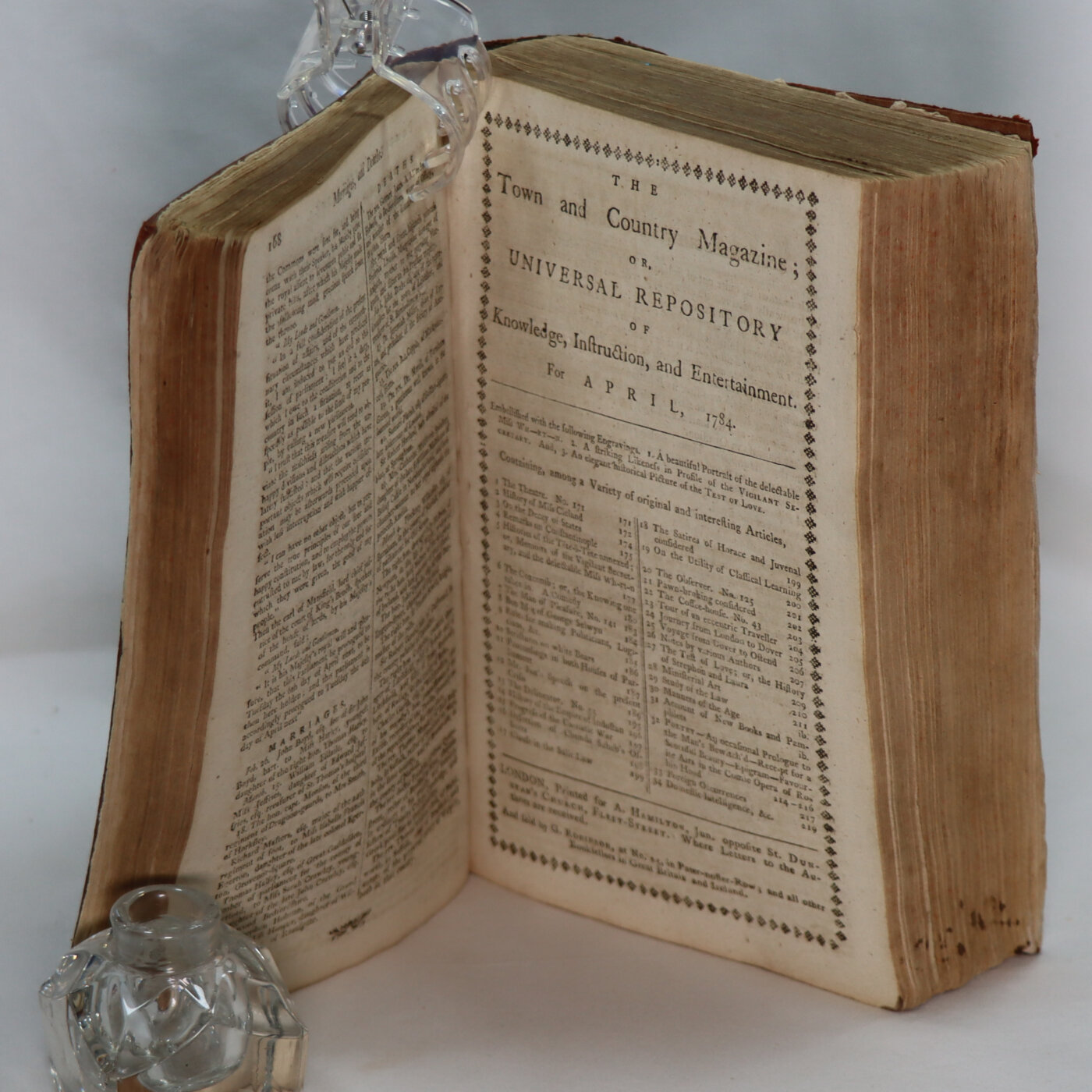
Related products
Share this Page with a friend

